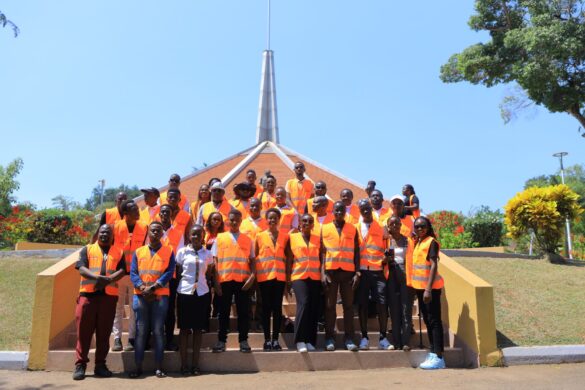The Inter Religious Council of Uganda with stewardship from the ministry of tourism wildlife and antiquities, in partnership with the tourism private sector have officially launched the central circuit of the martyr’s trail.
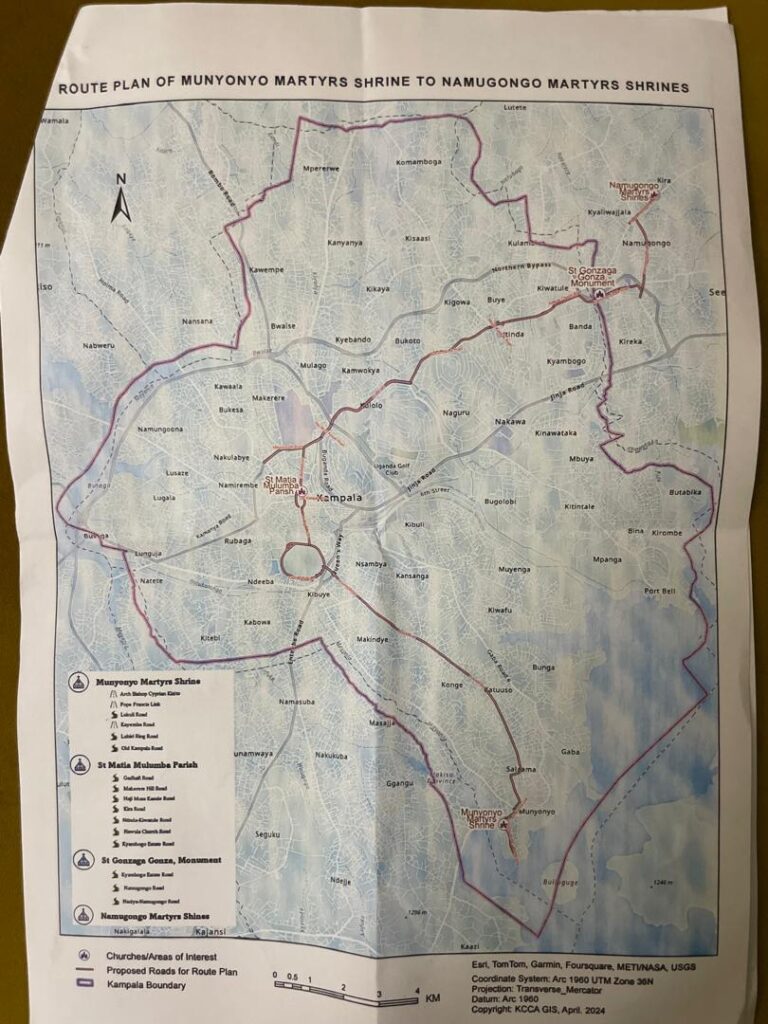
The trail, also made in partnership with the tourism private sector is to give faith-based tourists in-depth information, a life time experience and immersion into the footsteps of what is left of the Uganda martyrs who were executed between 1885-1887.
Before 2003, the private sector made a vivid call for the establishment of an official trail that could be followed by international tourists.
Only a few areas of stop over were open for access to tourists, which was insufficient in telling the story of the Uganda martyrs and wasn’t able to paint the much-desired picture.
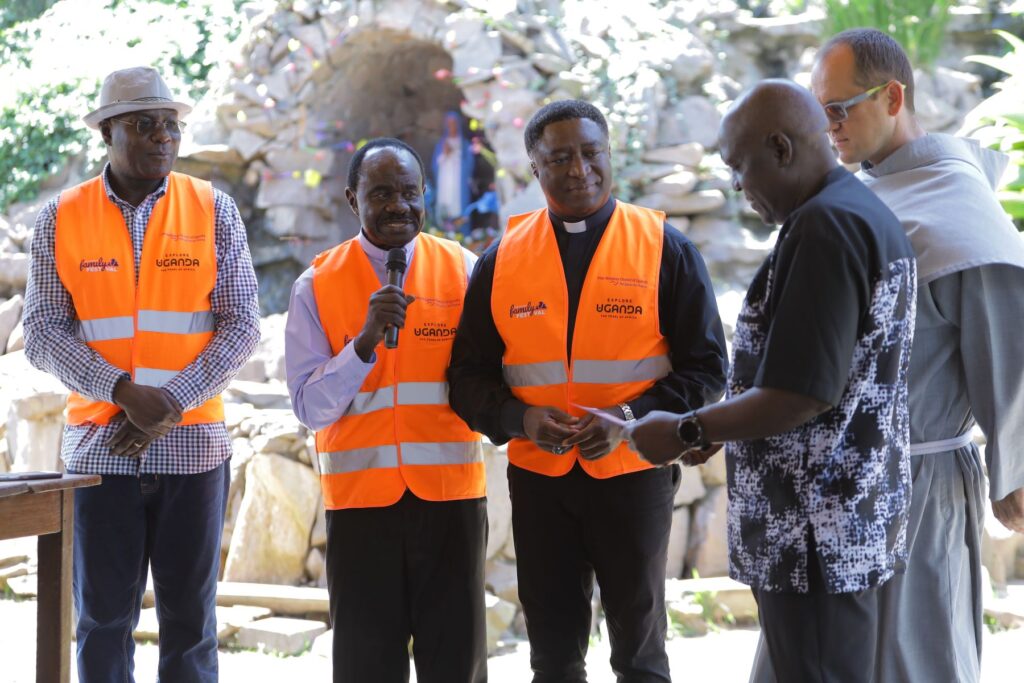
In 2004, the first launch was made at Makerere university that lifted the burden off private sector from the use of word of mouth in selling this package.
But over the years, this package has garnered lots of publicity both domestic and international prompting the inter religious council of Uganda, the ministry of tourism, the private sector, academia and other partners to come up with a more detailed, standardized and up to date marketable religious tourism product.
The central circuit of the martyrs trail begins at Munyonyo at the Munyonyo martyrs shrine minor basilica, and proceeds to Salama road, over to Lukuli road in Katuuso, Makindye, Kayemba road near Kibuuye , Lubiri ring road , Mwanga 2 road, to St Matia Mulumba parish in old kampala.
It then proceeds to Gaddaffi road and connects to Makerere hill road, Hajji Musa Kasule Road which then connects you to Kira Road. Here a tourist will head to Bukoto-ntinda road, then to Ntinda-Kiwatule road, then to Nawula church road.
The trail then heads onto the Kyambogo Estate Road where the St Gonzaga gonza was killed, Namugongo road, Kyaliwajala and to the Naalya Namugongo road which lands you to the Namugongo martyrs’ shrines and sites where execution took place.
During the trail’s launch, the rector at the Munyonyo Basilica Fr. Wojtek Ulman alias Male emphasized the importance of as the genesis of the martyr’s story noting that ‘without Munyonyo, there wouldn’t be the Uganda martyrs.’ Munyonyo was once the king’s palace where Kabaka Mwanga took the fateful decision to begin putting all Christians who defied him to death.
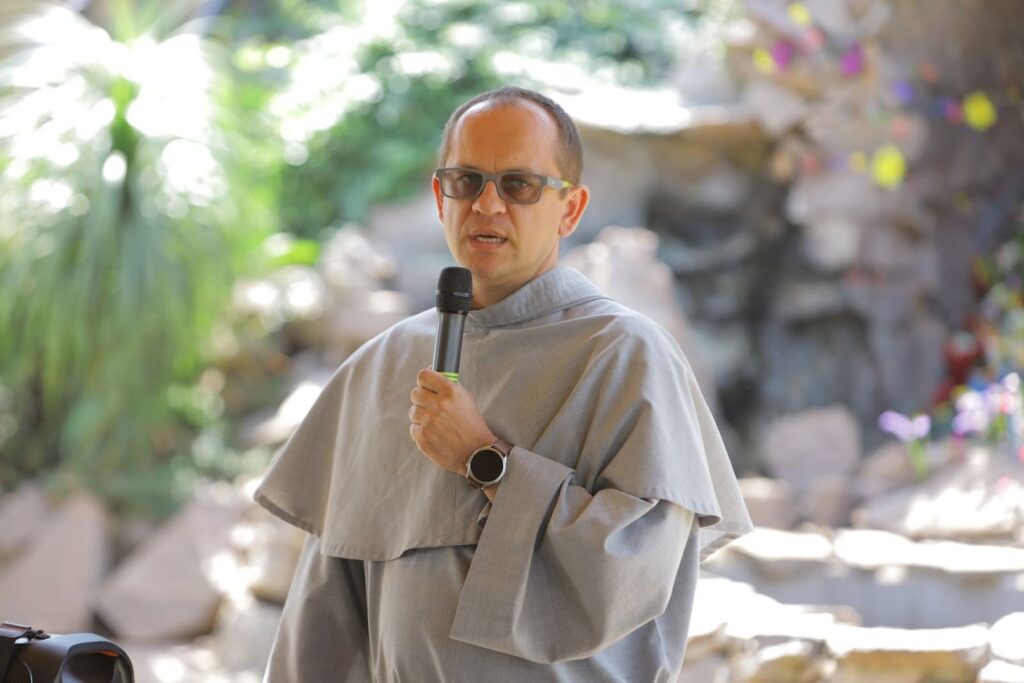
The first three Christians to render their lives for Christ’s sake after the King’s decision did so on 26 May 1886.
These were St. Denis Ssebugwawo, St. Andrew Kaggwa and St. Pontiano Ngondwe. Inside Munyonyo, is the baptism spot where most martyrs were secretly baptised including St. Kizito , st Mbaga Tuzinde, Gyaviira Musoke , Mugagga Lubowa all the martyrs were baptised by Charles Lwanga before they headed to their execution place in Namugongo.
In here is also what is believed to be the oldest tree in Kamapala, the “Muwafu tree” where the martyrs begun their journey to Namugongo.
Martyrs like Andrea Kaggwa met their death here and and in this very spot, a monument representative of how he met his death was erected in his memory.
A few meters below is his grave where Samaritans picked his remains and secretly buried those that had not been eaten by the dogs. This trail also has the other martyrs’ relics that are stored alongside those of other martyrs and saints in the Catholics faith.
The main Chapel here is a minor basilica built in 2015/16, by arch bishop Kizito Lwanga as commemoration of the 50 years of the martyr.
It became a parish in 2016 and was named a minor basilica in 2019. It’s built on 12 pillars to represent 12 disciples of Christ, with capacity of 1,600, with two symbolic stones one from the door of mercy in Vatican and the other from the tomb of St Francis of Asisi blessed by pope Francis when he visited Uganda.
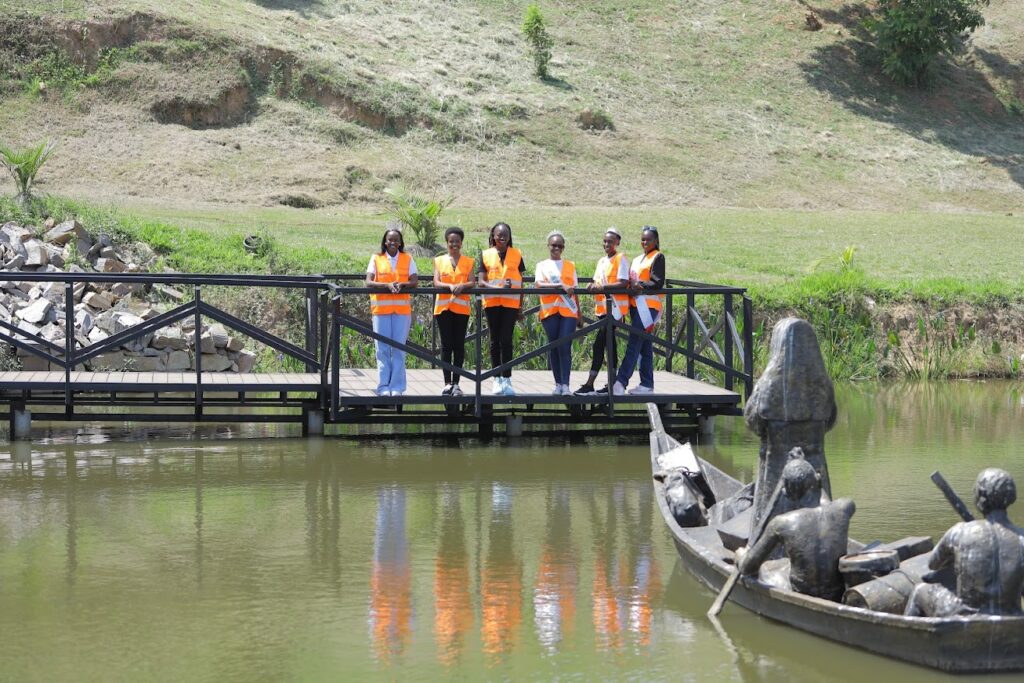
The sausage tree here is one not to skip since it symbolizes the inter connectedness between the Anglican and the catholic faith.
The first catholic martyr Joseph Mukasa was killed for defending an Anglican bishop whose body was hanged on the sausage tree.
The immediate stopover outside Munyonyo is Kyamula Martyrs Shrine, located along Salaama road, Kyamula zone “G” (originally Ttaka Jjunge) Salaama road in Makindye division, Kampala. This shrine is part of the vast Catholic parish of Munyonyo in the archdiocese of Kampala with the martyrdom spot of St. Pontiano Ngondwe.
When the orders came through late that evening, the condemned were matched slowly towards Namugongo through the now-famous Salaam Road.
The name “Salaama road” comes from the Arabic word “salaam” that was got from the Arabic greeting “Peace be unto you,” “As-Salaam-Alaikum,” The next stop over was in Old Kampala.
Here, Matiya Mulumba, also known as Matthias Murumba Kalemba (1836 – May 30, 1886), a Catholic, was killed on or around May 30, 1886 in his 50s.
He, among the other martyrs, underwent the most excruciating pain. He was skinned alive and left to die. While re-building Kabaka Mwanga’s palace that had gotten burnt on 22 February 1886, Mulumba together with Charles Lwanga, Lukka Baanabakintu and Mukwenda were arrested, imprisoned and condemned to death by Mukasa, the Chancellor (Katikiro). Mulumba was taken to old Kampala from where he was burnt alive. Lwanga was taken to Namugongo.
Here St Balikudembe’s site is also accessible downtown along Nakivubo close to Owino market. As Mwanga’s senior adviser, Balikuddembe spoke against the killing of Bishop Hannington.
Mwanga viewed this as disrespectful. After a night-long interview, the king condemned Balikuddembe to death. Katikkiro Mukasa at the time saw to it that the order was swiftly carried out before the king could change his mind. On 15 November 1885 Balikuddembe was taken to a place near the Nakivubo river where he was beheaded and his body thrown onto a pile of burning firewood.
His duties were assumed by the young catechist Charles Lwanga.
The Secretary General of the Inter Religious Council Joshua. Kitakule emphasised the need to promote our heritage through the story of the Uganda martyrs.
“It is important to get back to our roots and promote what uniquely identifies us as a people’ this presents a unique product on the tourism market which will in turn reap the desired results as it speaks to both culture and religion evolution in Uganda,” he said.
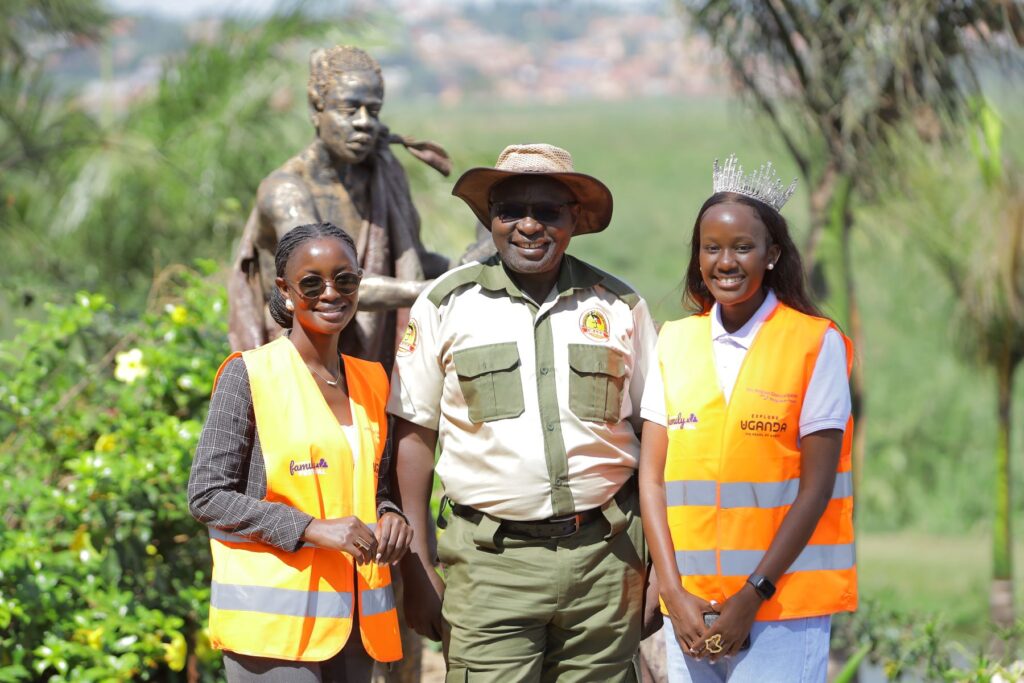
Mr Herbert Byaruhanga, the former president of the Confederation of Uganda Tourism Association said he was confident that the development will go miles in addressing product development challenges in religious tourism.
In a program under his leadership, over 50 religious tourist guides were trained and more than 200 of them are set to enroll.
This has worked well to address the skills gap that has for long impeded growth of this rather unique product in Uganda.
Mr Lazarus Okurut, the programs officer at the Inter Religious Council of Uganda said that the launch of the central martyr’s trail is a door opener for the other trails.
He added that the other trails including that in the east and the north are due for launch once the map out process is complete.
This will in-turn inform more infrastructural development which will push for the much-desired tourist satisfaction.
Its worth noting that the annual martyr’s day is the biggest religious/ faith-based tourism activity on the African continent and the 2nd biggest event in the world after that of the feast of mother Mary of Guadalupe in Mexico.
Martyrs’ day fetches in excess of 3 million people from across the globe while that in Mexico fetches in excess of 4 million people.


